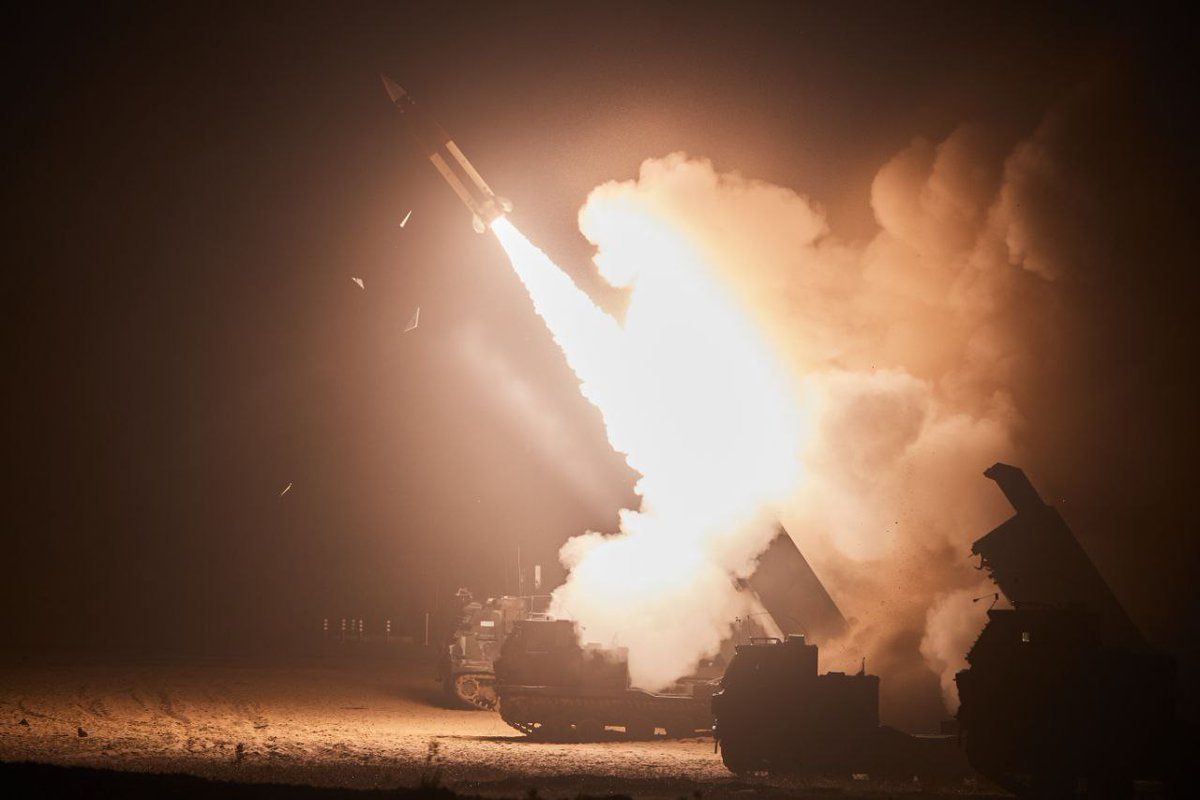Ukrainian officials have pleaded with Washington for months to provide its military with so-called Army Tactical Missile Systems, widely known as ATACMS, to hit important Russian targets deep behind enemy lines. It appears the US has now sent a small number of these missiles – and Ukraine claims that it used them on the battlefield on Tuesday to big effect. Its Special Operations Forces say they destroyed nine Russian helicopters, an air defense launcher, and an ammunition depot, with multiple Russian casualties.
Were the weapons they used the sought-after ATACMS? Ukraine isn’t saying, though President Volodymyr Zelensky dropped some not-so-subtle hints following the strike. “I thank those who are destroying at scale the logistics and bases of the occupiers of our land. We have results,” Zelensky said Tuesday. “I thank certain partners of ours: effective weapons, just as we agreed.”
Zelensky has every reason to talk up Ukrainian successes. The counteroffensive has so far fallen well short of the hopes and expectations of allies. The crisis in Israel has distracted the US and Europe and may require military resources that might have gone to Ukraine. Some hard-right Republicans in the US have called for a halt to US help for Kyiv.
It’s also likely that the missiles used in this case were an older version of ATACMS that lack the range of the more modern weapons Ukraine is still hoping for. Most targets inside Crimea, for example, remain out of reach for now.
But this attack reminds us that Washington remains Ukraine’s ally, Ukraine’s military remains a potent fighting force, and much still happens behind the scenes that we become aware of only when something large explodes.
